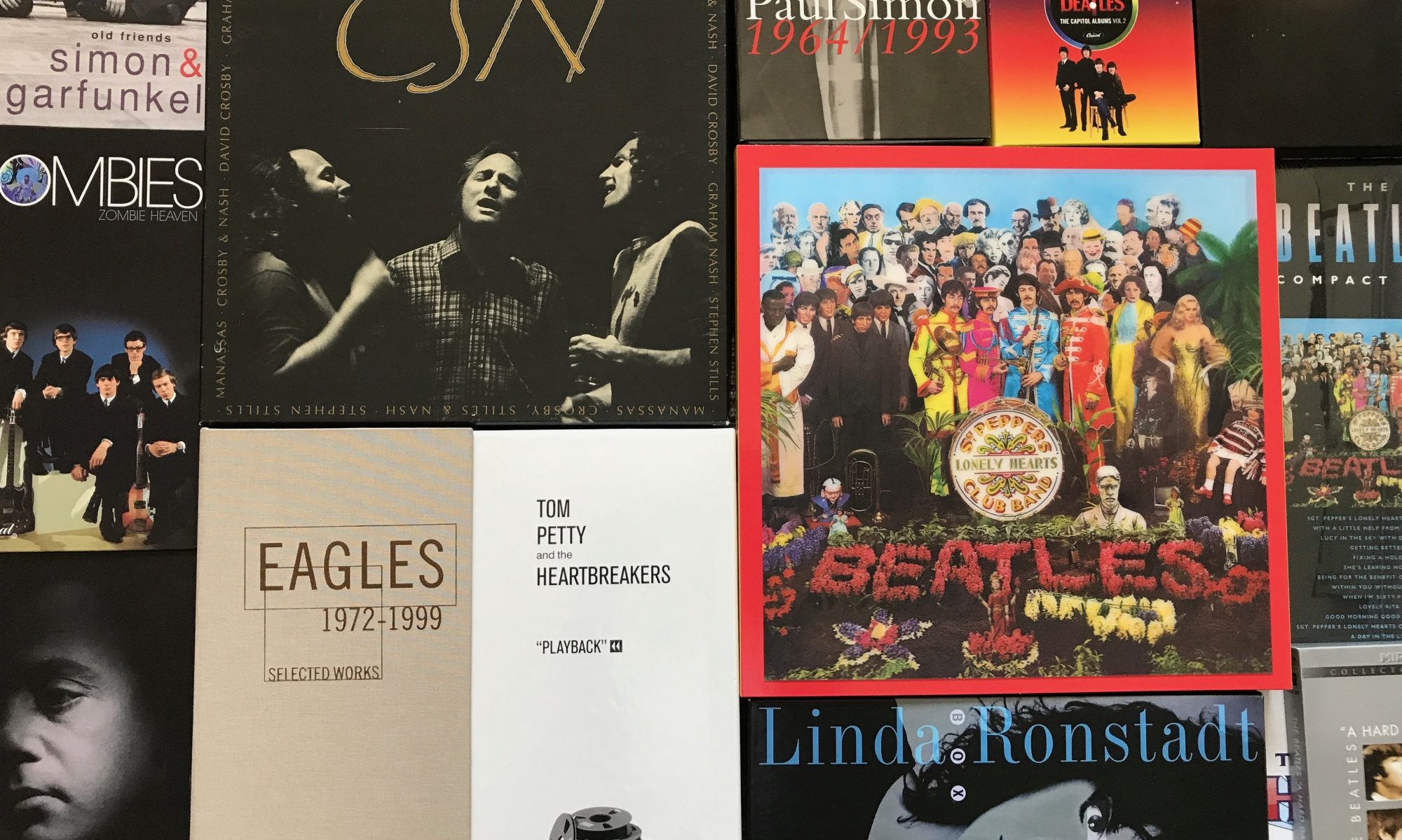Some artists are more important than their record sales. Kris Kristofferson was never a big-selling artist, but his songs from the late ’60’s and early ’70’s are the gold standard for songwriting in Country music.
Some of Kristofferson’s songs from his early career include: “Sunday Morning Coming Down” (for Johnny Cash), “Me & Bobby McGee” (for Janis Joplin), “For The Good Times” (for Ray Price), “Help Me Make It Through The Night” (for Sammi Smith), “Loving Her Was Easier (Than Anything I’ll Ever Do Again)”, and “Why Me”.
With the exception of “Why Me” (his biggest single, #1 Country, #16 Pop) and “Loving Her Was Easier” (#4 AC, #26 Pop), Kris Kristofferson’s songs were hits for other artists, as indicated above. Many more artists covered his songs, but those were the most popular versions.
Not only do the songs have memorable melodies, but they include some of the best lyrics ever written for Country music. Kristofferson provided for Country what Bob Dylan did for Rock…deeper meanings, more complex topics, and clever phrasing.
These days, we simply type the word “lyrics” and a song title into Google, and we can read the lyrics of almost any song. If that’s done with Kristofferson’s songs, people can see how well written they are, and how they go beyond what is considered typical Country songs.
In one year, 1970, Kristofferson’s songwriting won “Song Of The Year” from The Academy Of Country Music, and “Song Of The Year” from The Country Music Association. But the thing is…the awards were for two different songs, “For The Good Times” (Ray Price) and “Sunday Morning Coming Down” (Johnny Cash). That feat has not been done before or since.
So why was Kris Kristofferson’s songwriting so different? Maybe because his background is anything but typical. Growing up mostly in California, Kristofferson was an athlete…football, rugby, and boxing. He was a scholar…Bachelor’s Degree in Literature (summa cum laude), was elected to Phi Beta Kappa, and won a Rhodes Scholarship to Oxford University in England. It was there that he began writing songs.
Under pressure from his military family, Kris Kristofferson joined the U.S. Army. He became a helicopter pilot, an army Ranger, and attained the rank of Captain. By 1965, Kristofferson left it all behind to move to Nashville to become a professional songwriter…and ended up sweeping floors at the Columbia Records studio. He was probably the only Rhodes Scholar janitor in history.
Eventually, he was able to get his songs into the hands of Johnny Cash, and other Country artists. Rocker Janis Joplin recorded “Me & Bobby McGee”, partly because Kristofferson & Joplin were a couple shortly before her death.
Kris Kristofferson’s first two albums, in 1970 and 1971, contain his most famous songs. The albums are Kristofferson (later the title was changed to Me & Bobby McGee) and The Silver Tongued Devil & I.
Those two albums make up half of the songs on his career retrospective double-album The Essential Kris Kristofferson . The other half of the collection covers 14 years…so, you can see how front-loaded his career was.
Another part of his career was acting. He had quite a few movie roles, and the peak of his acting was winning a Golden Globe for “A Star Is Born” co-starring Barbra Streisand.
Although my wife and I were aware of many of the songs Kristofferson wrote, we almost missed his great versions. It was in 1976 during my first radio job as a news reporter at KLEM AM & FM in LeMars, Iowa, that we were first introduced to his records. One of the DJ’s, George Norman, knew we liked James Taylor, Jackson Browne, and other singer-songwriters, so he recommended Kris Kristofferson.
We bought those first two albums that George recommended, and Kristofferson became one of our favorite artists. He has a deep, somewhat gravelly voice that not everyone likes, but we think his versions of his songs are definitive. The arrangements compliment the songs perfectly, and his voice captures all the nuances of the lyrics.
We bought some more of his albums, but the truth is, the recordings we love are all from 1970-1973.
Kris Kristofferson went on to a lot more success, including working with Johnny Cash, Willie Nelson, and Waylon Jennings in The Highwaymen. Fairly recently, I saw a video of one of their old concerts, and The Highwaymen featured more Kristofferson songs than songs by any one of those other major stars.
Kris Kristofferson songs are so good, everyone wants to perform them.
Update: Above is a shot from a Kris Kristofferson’s concert we attended February 23rd, 2019 in Salem, Oregon. You can read the concert review (Kris Kristofferson Concert) on this site.
Update: It was announced in January of 2021 that Kris Kristofferson retired. The 84-year-old’s last performance was in January of 2020.
Update 9/28/2024: Kris Kristofferson passed away today at the age of 88. He died peacefully, surrounded by his family.



























































































